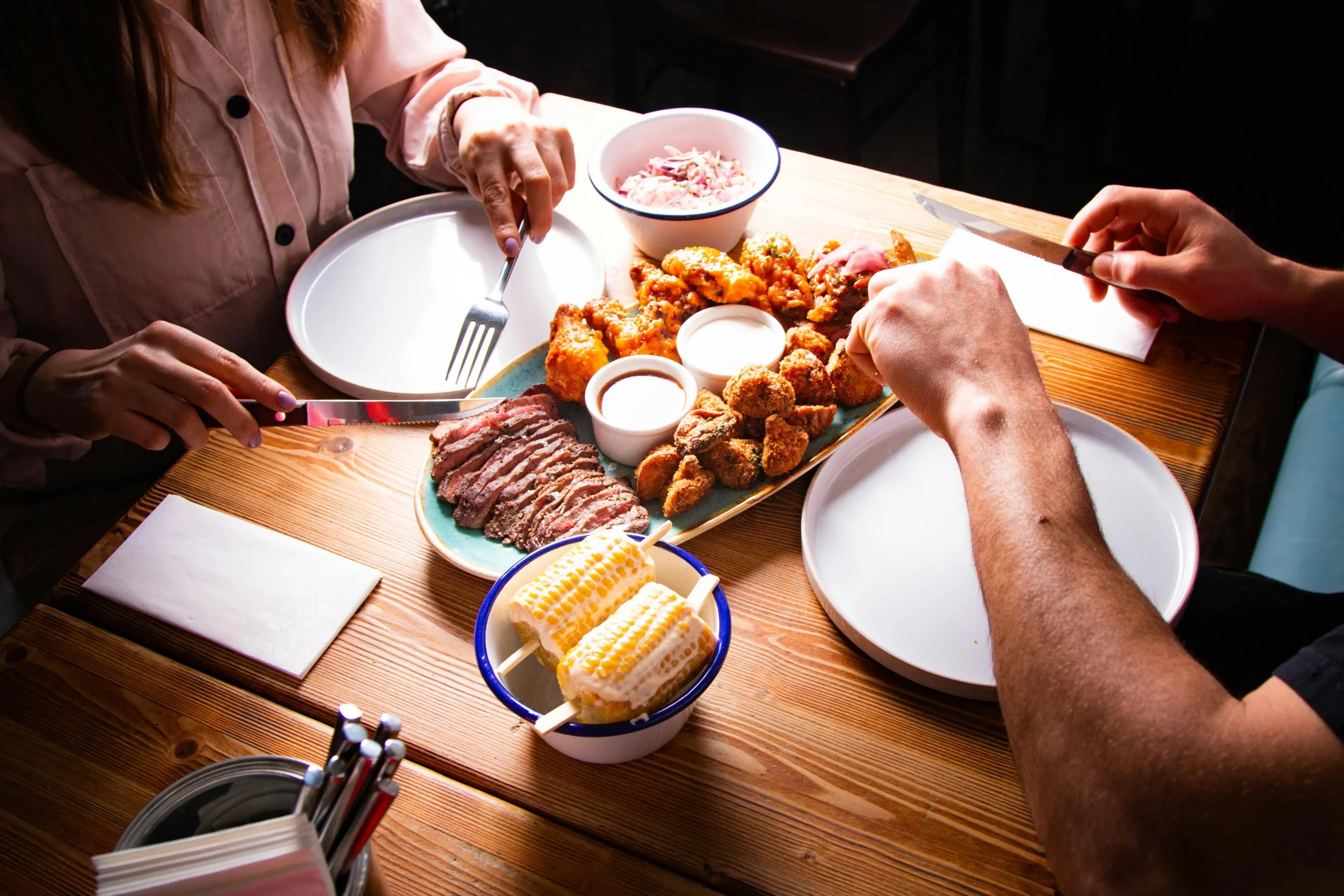In the grand and often baffling opera of celebrity, there are a few recurring arias that never fail to captivate: the lavish wedding, the dramatic breakup, and of course, the cosmetic surgery. But in the world of Katie Price, a new, uniquely chaotic act has been added to the show: the self-removal of said cosmetic surgery stitches. Welcome back, where we are popping the Prosecco and settling in to give a standing ovation to one of the most gloriously unhinged moments in recent celebrity history. Forget the carefully-worded press releases and the airbrushed “after” photos. The real, beautiful, terrifying truth is that sometimes, a celebrity’s biggest foe is themselves and a pair of questionable tweezers. Get ready to dive into the shocking, absurd, and ultimately hilarious saga of a facelift gone rogue, because when it comes to self-inflicted drama, no one does it better.
The First Act: A New Face for a New Day
Let’s set the scene. The year is 2025. Katie Price, a woman whose face has been through more changes than the British government, embarks on her latest cosmetic adventure: a “fox eye lift” and, by our count, her seventh facelift. This is not just a procedure; it’s a statement. It’s a defiant “more to come!” to a world—and a family—that has begged her to stop. She’s fresh from a trip to Turkey, a land of low-cost procedures and high-stakes gambles. The results are, as documented, dramatic: a face so taut it looks like it’s bracing for a hurricane, with eyebrows that have migrated north and a visible line where her ears meet her cheeks. It’s the “plastic look” she’s always admitted to loving, a face that dares you to question its anatomical logic.
The stage is set, the dramatic tension is high. The audience knows what’s coming—the standard “healing journey” video, the glowing review of the clinic, the careful angles to showcase the new, perfected self. But this is Katie Price, a woman who famously lives by her own chaotic rules. And those rules do not include patience.
The Climax: A Cringe-Worthy Confession
The big reveal didn’t come in a glossy magazine spread or a well-lit YouTube video. No, it came via a casual Snapchat post from her car. In a move that we can only describe as a masterclass in modern, unfiltered absurdity, she leaned into the camera and, with a casual “Ouch. I accidentally pulled my stitches out,” delivered a punchline that would have made a seasoned comedian weep with joy. She went on to explain that she had tried to remove a stitch herself, “sort of ripped it,” and now it was “so sore.”
This is not a star worried about her image. This is a person who has embraced her own brand of public chaos with a kind of reckless abandon that is both terrifying and admirable. While other celebrities are posting about “embracing the healing journey” and “listening to my body,” Katie Price is over here teaching us a new, terrifying form of self-care. It’s like a horror movie where the final girl is the one who took matters into her own hands and made things infinitely worse. It’s the ultimate DIY disaster, a testament to the fact that you can buy a new face, but you can’t buy impulse control.
The Aftermath: A Comedy of Contrasts
The comedic beauty of this incident lies in its stark contrast to the rest of her narrative. On one hand, you have a woman who has a “deadly addiction” to surgery, as her family has reportedly called it. Her daughter, Princess, has pleaded with her to stop, pointing out that she worries her mother’s body can “actually move.” This is a moment of genuine concern, a sobering peek behind the curtain of celebrity.
And on the other hand, you have Katie’s response, which is so perfectly tone-deaf and hilarious it could have been written for a sketch comedy show. She reportedly told her daughter, “More surgery to come! Put it this way, when I’m 90, I’ll probably be transparent, you’ll see all my veins.” It’s a quote that perfectly encapsulates the glorious lunacy of her brand: a blend of candid honesty, self-aware absurdity, and an unyielding commitment to her own personal brand of body modification.
The public reaction, of course, was a mix of concern and bewilderment. Fans remarked that her face looked so tight she “can’t smile anymore.” This is the ultimate punchline for anyone who has ever wondered about the true cost of chasing an impossible ideal. She is a living, breathing testament to the fact that you can get all the surgeries in the world, but if you can’t smile, what’s the point?
A Legacy of Laughter
In the end, this incident is more than just a shocking headline. It’s a perfect, albeit painful, symbol of the modern celebrity machine. It’s a world where the pursuit of perfection becomes a public spectacle, and where the human moments that slip through—the impulse, the pain, the public confession—are often the most memorable. While others are busy curating their flawless images, Katie Price is out there, accidentally pulling out her stitches, giving us all a reason to laugh and a much-needed sense of perspective. She reminds us that the best stories aren’t about the heroes who conquer their flaws; they’re about the glorious, chaotic mess of being human, even when that human is a famous person who just “sort of ripped” their new face.









